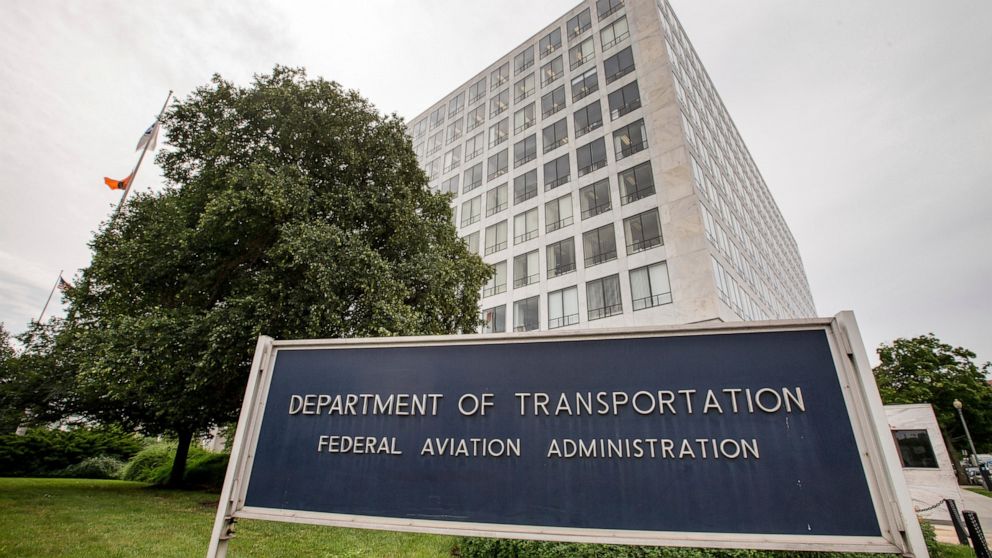Watchdog: FAA not prepared to update jet evacuation rules
A government watchdog says the Federal Aviation Administration hasn’t updated standards for emergency airliner evacuations in nearly two decades
DETROIT — The Federal Aviation Administration hasn’t updated standards for emergency airliner evacuations in nearly two decades, a period when travelers have increasingly had to deal with tighter aircraft seats, more carry-on bags and support animals, a government watchdog says.
The Transportation Department’s Inspector General said in an audit report published Friday that the FAA and hasn’t done enough research to evaluate the new risks. In addition, it says the FAA largely only updates standards after accidents and hasn’t revised them since a 1991 accident.
The lack of data is inhibiting the FAA’s ability to identify evacuation risks and update standards, the report says.
The Inspector General recommended that the FAA regularly collect and analyze emergency evacuation data to find out if standards need to be changed. The agency also should make sure that data used in airplane manufacturers’ evacuation demonstrations is up to date.
Messages were left Friday seeking comment from the FAA.
In July of 2018, the FAA rejected the idea of setting minimum standards for airline seats and legroom as a safety measure. The FAA said it saw no immediate safety issue that requires new regulations, citing seven recent accidents in which passengers were able to evacuate.
In announcing its audit, the Inspector General noted that today’s planes have more seats, passengers are larger, and they have more carry-on bags.
The inspector general issued the report in response to a request from members of the House Transportation Committee, which followed a confused evacuation in 2016 of an American Airlines jet in Chicago after an engine fire.
FAA regulations require that all passengers and crew members be able to exit airplanes within 90 seconds. But in the 2016 case, it took 2 minutes and 11 seconds, according to the audit.
Flight attendants couldn’t contact pilots, an engine wasn’t shut off before passengers exited, and passengers took bags off the plane, the report said.
![]()


